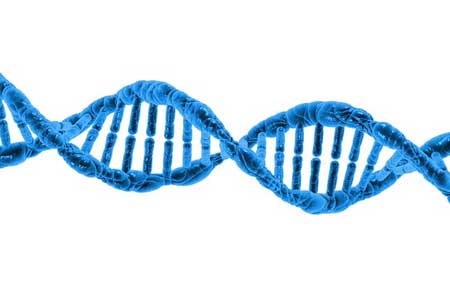Next Gen Makerspaces: NGSS & Makerspaces

I recently began giving away a free Makerspace Planning Cheat Sheet on my Worlds of Making site. One of the the steps on that Cheat Sheet suggests unpacking the standards and using them to inform your makerspace planning. This includes the Next Generation Science Standards (NGSS), which many states have adopted. These standards offer a new vision on what teaching and learning should look like that speak directly to the K-12 Maker Movement.
The NGSS are based on 3 Dimensions.
- Science and Engineering Practices (SEP): Consists of behavior scientists and engineers engage in; experts design and develop models to design and test abstract phenomena.
- Disciplinary Core Ideas (DCIs): Describe core ideas in the science disciplines. These are grouped into 4 domains: the life sciences, the physical sciences; the earth & space sciences; the engineering & technology applications of science.
- Crosscutting Concepts (CCC): concepts linking the different domains of science.
The National Science Teachers Association outlines 3 major things that are new from previous science teaching.
- 3-Dimensional learning- learning in classrooms should be driven by students finding solutions to problems by using science and engineering practices.
- Standards are designed with the goal of ALL students understanding society and the worlds we live in.
- Curriculum materials that support the above and build those ideas across time.
NGSS learning opportunities need not be limited to just science classrooms.
Teaching practices have changed and so should the learning environments the new practices are taking place in. K-12 makerspaces are unique learning environments that can support the 3-dimensional learning outlined in the NGSS. Integrating the NGSS into a school makerspace doesn't necessarily have to be explicit. It is possible to capture the essence of these standards in our makerspaces in many ways, such as:
- Including opportunities to invent, tinker, create, make and do in which students are able to use and show scientific practices in meaningful, authentic ways.
- Allowing for open-ended exploration which will promote the development of children’s agency, and allow children to ultimately make their own science.
- Making use of student ideas and putting kids in the center. Understanding that their ideas are essential in creating meaning through making.
- Maker educators having a mindset that supports 3-dimensional learning.
- Supporting students as they develop increasingly sophisticated ideas over time. Oftentimes in a makerspace, our students first interactions are about discovering. Gradually over time, and through skill-building, collaboration and critical and divergent thinking, students oftentimes progress to much more complex scientific processes, such as engineering solutions and scientific inquiry.
- Connecting makerspaces to community contexts. This may include inviting in local experts and mentors to build connections between home/community or engineering solutions to defined problems in the local neighborhood or community.
Cross posted at http://worlds-of-learning.com
Laura Fleming has been a classroom teacher and media specialist in grades K-8 and currently is a Library Media Specialist for grades 9-12. She is a well known writer, speaker and consultant on next-generation teaching methods and tools, and the author of the best-selling Worlds of Learning: Best Practices for Establishing a Makerspace for Your School
Tools and ideas to transform education. Sign up below.
